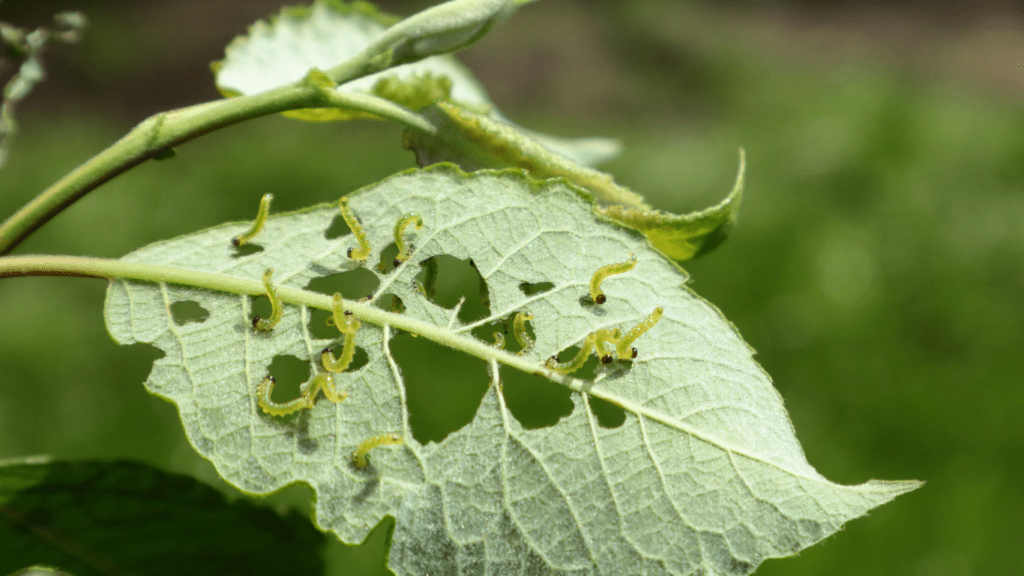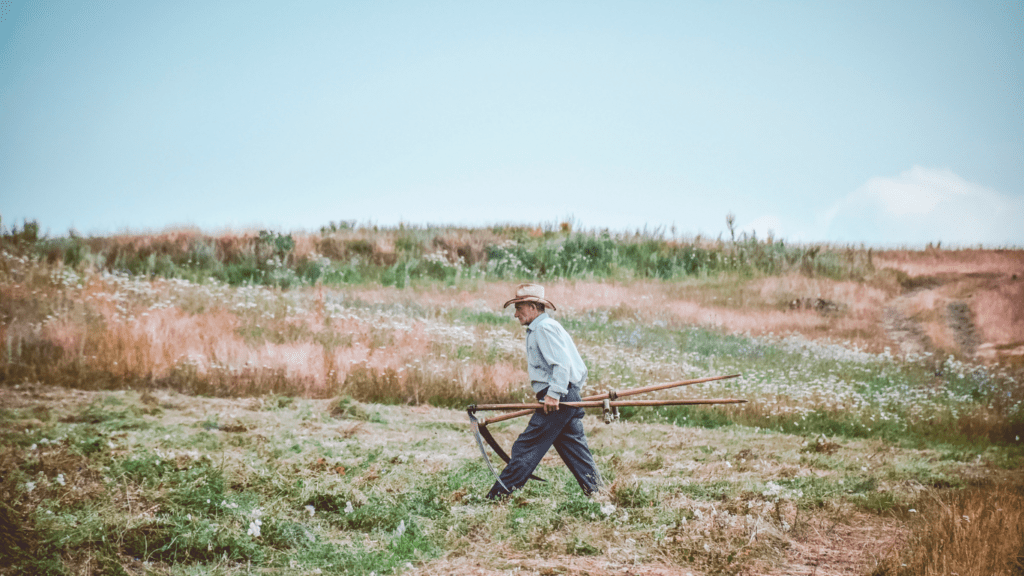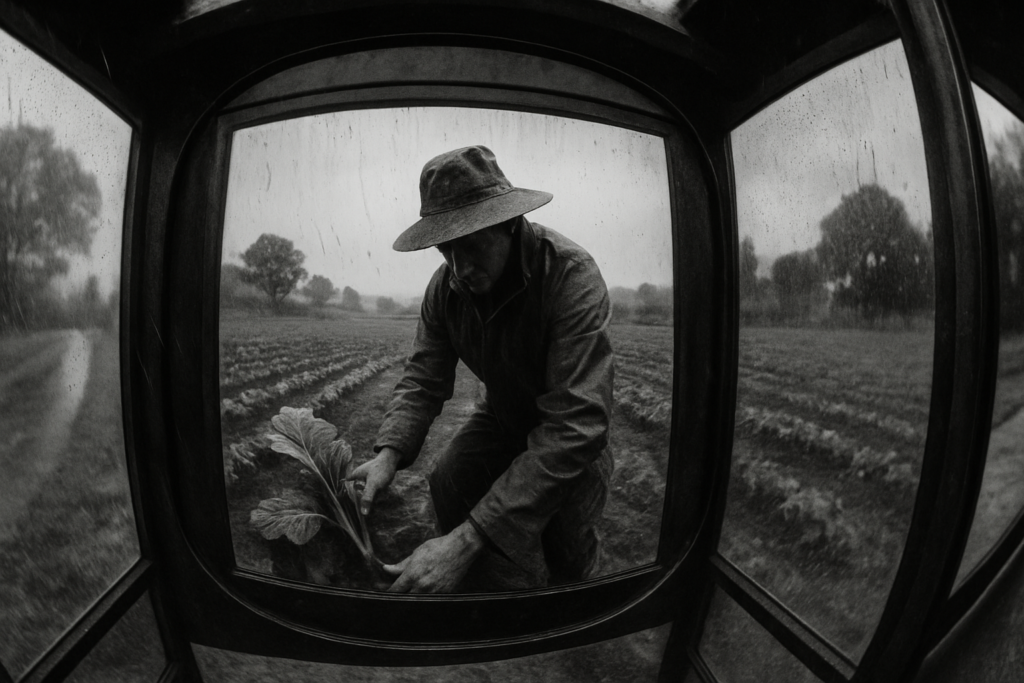Overview of Climate Change and Agriculture
Climate change dramatically affects agriculture by altering weather patterns, temperature levels, and precipitation rates. These changes disrupt planting and harvesting cycles, leading to lower crop yields and increased costs for farmers.
For instance, prolonged droughts in California have decreased water availability for irrigation, while heavy rains in the Midwest have delayed planting seasons.
Extreme weather events exacerbate this issue by causing direct damage to crops and farm infrastructure. Hurricanes, floods, and heatwaves reduce productivity and increase recovery costs. According to the USDA, natural disasters have led to billions in agricultural losses over the past decade.
Additionally, climate change encourages the spread of pests and diseases. Warmer temperatures enable pests like the corn earworm to survive in regions previously too cold, causing further damage to crops. The increased incidence of plant diseases also threatens food production and farmers’ income.
Farmers must adapt to these changes by implementing new agricultural practices and technologies. Some strategies include:
- utilizing drought-resistant crop varieties
- improving soil management techniques
- investing in efficient irrigation systems
By understanding the nuanced ways climate change impacts agriculture, farmers can better prepare to safeguard their livelihoods.
Direct Economic Effects on Crop Yields
Climate change heavily impacts crop yields, directly affecting farmers’ economic stability.
Changes in Temperature
Higher temperatures stress crops, reducing yields. Heat-sensitive plants like wheat and corn produce less in hotter conditions. According to the EPA, corn yields decline significantly when temperatures rise above 84°F. Efficient farming practices become vital to mitigate these effects.
Variability in Precipitation
Irregular rainfall patterns disrupt planting cycles. Droughts in crucial growing seasons decrease productivity. Conversely, intense rainfall may lead to flooding, which damages crops. Farmers face unpredictable water supply challenges, needing improved irrigation systems.
Increased Frequency of Extreme Weather Events
Hurricanes, floods, and storms devastate farms. In 2020, the USDA estimated $550 million in crop damage from hurricanes alone. Such events increase recovery costs and reduce overall farm productivity. Resilient farming techniques can help mitigate these adverse effects.
Indirect Economic Effects
Climate change affects more than just crop yields. It also has numerous indirect economic effects that further challenge farmers’ livelihoods. These range from supply chain disruptions to changes in pest and disease patterns, as well as soil degradation and water scarcity.
Supply Chain Disruptions
Shifting weather patterns and extreme events disrupt supply chains. Roads and infrastructure suffer from flooding and hurricanes, delaying transportation.
This increases costs and reduces the marketability of fresh produce. For instance, longer transit times can cause perishable goods to spoil, leading to significant financial losses. Additionally, disruptions affect input supplies like seeds and fertilizers, impacting farming operations.
Changes in Pests and Disease Patterns

Climate change alters pest and disease patterns. Warmer temperatures extend the growing season for pests, increasing their populations.
This raises the need for more pesticide use, which boosts costs and affects crop quality. For example, the spread of the fall armyworm in warmer climates has devastated maize yields. Changes in disease patterns also lead to new challenges for crop management, requiring constant adaptation and additional resources.
Soil Degradation and Water Scarcity
Frequent extreme weather events cause soil degradation. Heavy rains lead to erosion, while droughts reduce soil fertility. This affects long-term agricultural productivity.
Moreover, climate change exacerbates water scarcity. In many regions, changes in rainfall patterns and prolonged droughts stress water resources. Efficient irrigation becomes crucial, but it adds to the operational costs for farmers. These issues necessitate sustainable soil and water management practices to maintain productivity.
Climate change’s indirect economic effects on farmers are profound. Addressing these challenges requires coordinated efforts to develop resilient agricultural systems.
Regional Variations in Economic Impact
Climate change impacts farmers differently across regions. Economic repercussions for farmers vary significantly based on geographical and developmental factors.
Developing vs. Developed Countries
Farmers in developing countries face higher economic risks from climate change compared to those in developed countries. Limited access to advanced technology, financial resources, and infrastructure heightens their vulnerability.
For example, crops like maize and sorghum in sub-Saharan Africa suffer yield losses due to erratic weather, while rice farmers in Southeast Asia face flooding threats.
In contrast, farmers in developed countries often have better access to climate-resilient technologies and governmental support, mitigating some of the economic impacts.
Vulnerable Geographical Areas
Certain regions are more vulnerable to climate-induced economic challenges. Coastal areas and small island nations see severe economic disruptions due to rising sea levels and increased frequency of extreme weather events.
In California’s Central Valley, persistent droughts severely impact water-intensive crops like almonds and grapes, leading to reduced yields and higher irrigation costs.
Similarly, regions like the Midwest US experience increased storm activity and flooding, disrupting planting and harvest cycles for crops such as corn and soybeans. These geographical areas need targeted strategies to mitigate economic impacts and support farmers’ resilience.
Adaptation Strategies for Farmers
Farmers face immense challenges due to climate change, but several adaptation strategies can help minimize economic impacts.
Adoption of Sustainable Agricultural Practices
Adopting sustainable agricultural practices improves farmers’ resilience against climate change. Crop diversification, for example, reduces dependency on a single crop type, spreading risk.
Conservation tillage helps maintain soil moisture and reduces erosion, essential for regions facing irregular rainfall. Implementing agroforestry combines crops and trees, offering additional income sources and enhancing biodiversity.
Technological Innovations
- Technological innovations play a crucial role in climate change adaptation for farmers.
- Precision agriculture uses GPS-guided equipment for efficient planting and fertilization, optimizing resource use and minimizing waste.
- Drought-resistant crop varieties ensure yields remain stable under water-scarce conditions.
- Mobile applications equipped with weather forecasting aid farmers in making informed decisions on planting and harvesting, reducing losses from unexpected weather events.
Policy Support and Financial Aid
Effective policy support and financial aid strengthen farmers’ ability to cope with climate change. Governments can offer subsidies for adopting climate-resilient technologies, lowering initial cost barriers.
Insurance schemes protect farmers from financial losses due to extreme weather events. Additionally, research grants fund innovation in sustainable farming practices, helping develop new solutions tailored to local conditions and needs.



